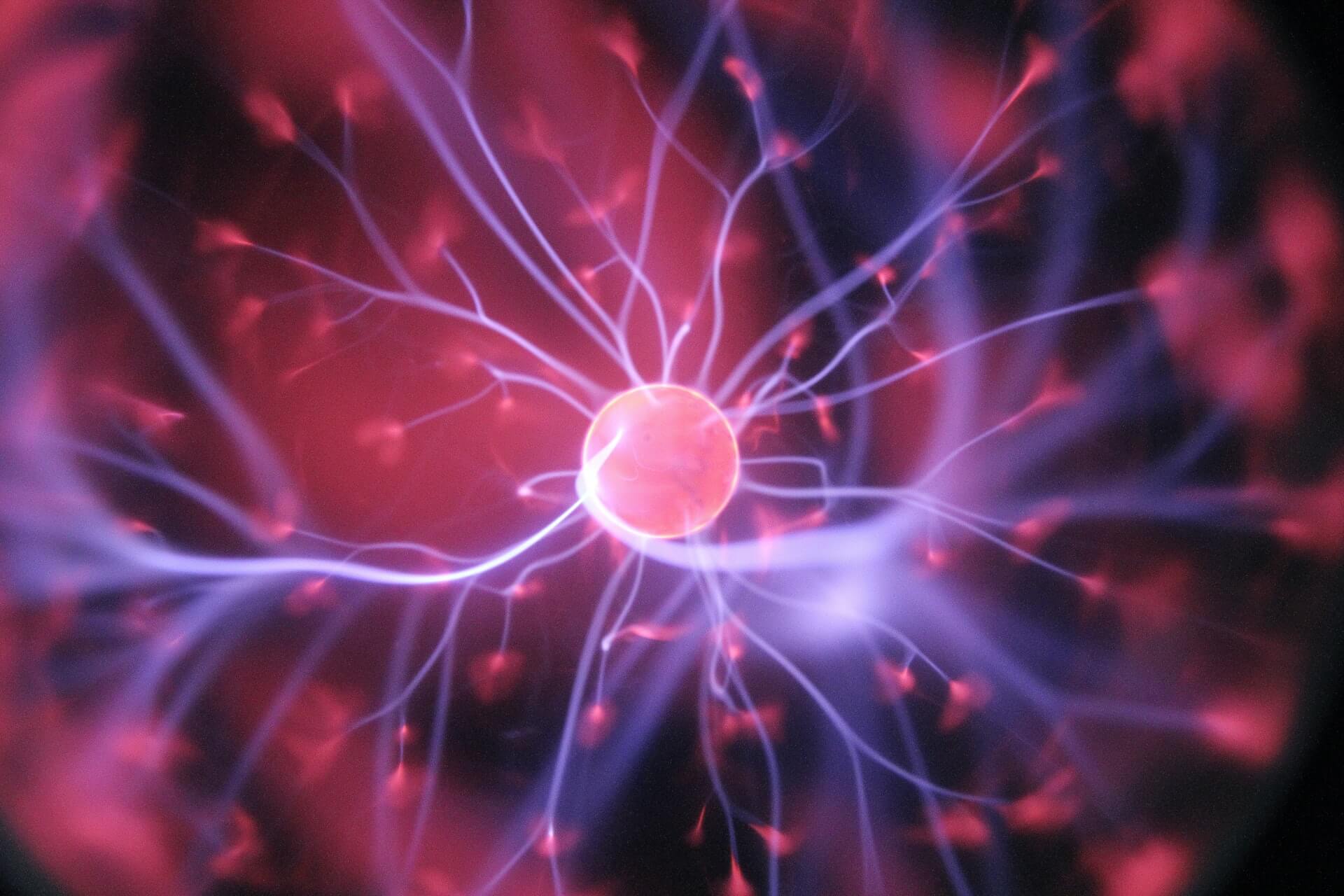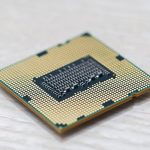Energy-harvesting devices receive power continuously, periodically, or on-demand without external components or power supplies. Industry-standard energy harvesting devices typically rely on thermal, wind, or solar power—but not on physical movement. Now, however, researchers around the world are exploring movement as a form of energy that will not add additional weight or size to systems.
Triboelectric nanogenerators (TENGs) harvest energy from friction applied to a wearable device. The main challenge facing TENGs falls on the production side since TENG based-sensors for wearables are not easily deformable to a wrist or ankle band. It’s also difficult to fabricate a sensor thin enough to be shaped while also withstanding environmental elements and perspiration.
The research at NPU led by Professor Richard Fu involves a tactile hydrogel sensor (THS) that detects subtle pressure changes by measuring changes in triboelectric output signal without any external power supply.
The new method relies on friction between a pyramid-patterned material and a silicone polymer called polydimethylsiloxane (PDMS). The friction between these two surfaces creates triboelectricity, which provides more available energy to a wearable device.





